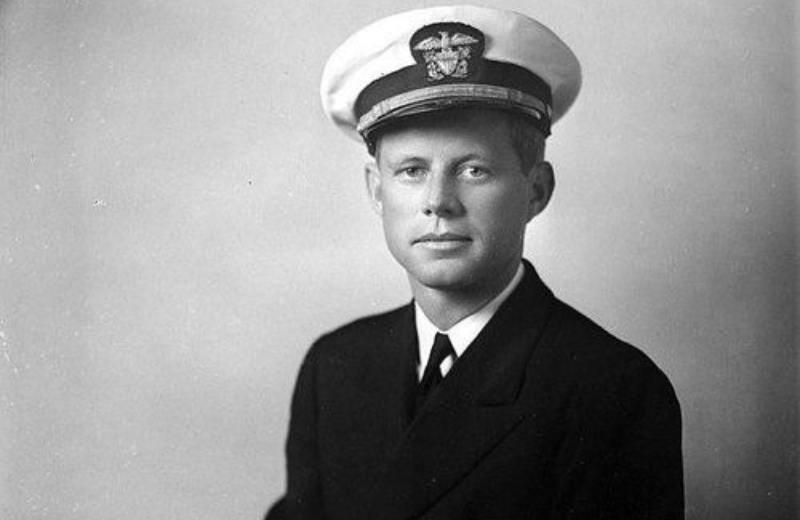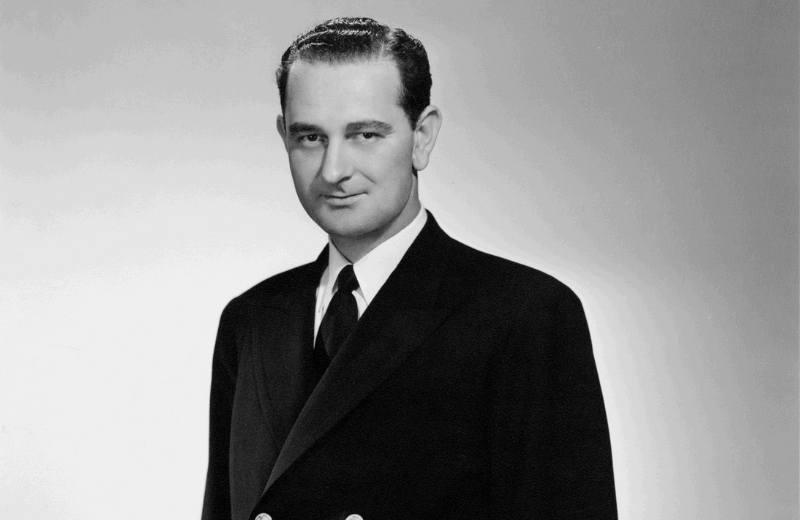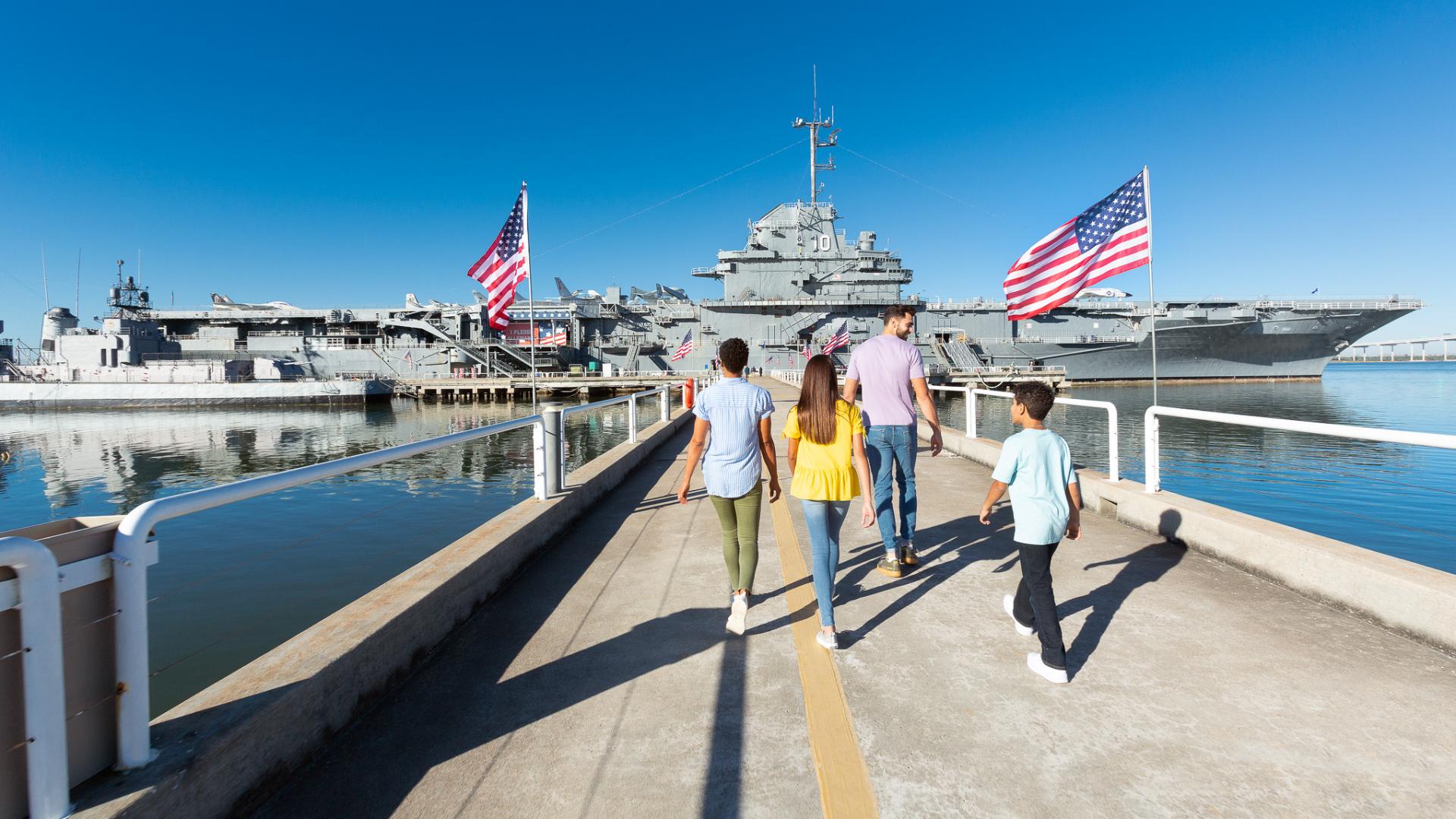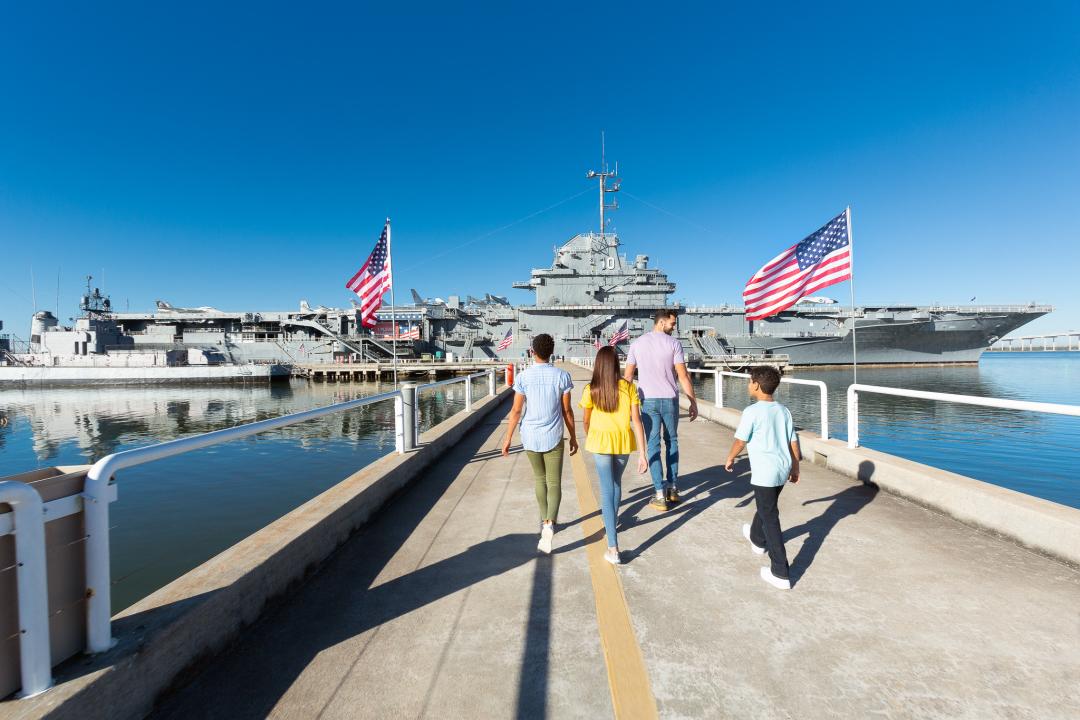
The 2020 Presidential campaign season is upon us, so let’s talk about some United States Presidents that have Navy background. Shall we? Out of 45 presidents, 29 of those men have served in a branch of the United States military. Six of those 29 served in the Navy, and five even had ships named after them.
From 1961 to 1993, the Navy had veterans holding the Oval Office with the exception of Army veteran Ronald Reagan’s 8-year term, from 1981-89. John F. Kennedy, Lyndon B. Johnson, Richard M. Nixon, Gerald R. Ford, James E. “Jimmy” Carter and George H.W. Bush all proudly served their country while wearing navy blue uniforms before serving as commander-in-chief.
John F. Kennedy was an ensign in the Navy in October 1941 before being assigned to the Office of Naval Intelligence. From there, he went on to attend the Naval Reserve Officers Training School during summer 1942, and then immediately entered the Motor Torpedo Boat Squadron Training Center in Rhode Island. He graduated December 2, 1942 as a Lieutenant. Kennedy was assigned to the Motor Torpedo Squadron 4, a month later his fleet was ordered to Motor Torpedo Boat Squadron 14 based at Panama. Continuing on the ever-changing orders, in April 1943 he was transferred again to the position of a replacement officer to Motor Torpedo Boat Squadron 2, based at Tulagi Island in the Solomons where he took command.

On August 1943, Kennedy was at the helm of PT 109 when the boat was run over by a Japanese destroyer and cut in two. Kennedy and several other men were thrown from the ship. Kennedy’s back was reinjured (he initially injured it before his time in service), but he was still able to find the strength to bring floating pieces to surviving crew members to cling to. Two men died during the collision. Kennedy and the survivors swam for five hours traveling a distance of some three miles, to Nauru Island off the Solomon Islands to find help.
When they reached the island, Kennedy wrote the following message on a coconut: “11 alive native knows posit & reef Nauru Island Kennedy.” Seven days later on August 8 the group was rescued by PT 157.
One year and another ship assignment later, Kennedy was sent back to the states on doctor’s orders due to continuing problems with his back. He spent the rest of his Navy career being treated for his injury and then was released from all active duty and retired from the U.S. Naval Reserve on physical disability in March 1945. Kennedy went on to serve as the 35th President of the United States from January 1961 until November 1963 when he was assassinated.
Lyndon B. Johnson is the second president we will review. Before joining the Navy as a lieutenant in June of 1940, Johnson had already earned his bachelor’s degree, taught, and was twice elected to congress.

In June 1942, President Roosevelt ordered all members of Congress who served in the military to return to their legislative duties. Johnson was honorably released from active duty. In 1949, he was promoted to commander in the Naval Reserves.
He went on to serve as this nation’s 36th president from 1963-1969 and was the second consecutive Navy veteran to hold the office.
Richard M. Nixon began his Navy career in June 1942 as a lieutenant junior grade after working as a lawyer for the Washington D.C. Office of Emergency Management.
Nixon started off at the Naval Training School at the Naval Air Station in Quonset Point, R.I., and after completing the course in October 1942, went on to the Naval Reserve Aviation Base in Iowa where he served as the Aide to Executive Office until May 1943.
He had one issue with his aide job - it wasn’t exciting enough for his taste. Due to his boredom, Nixon decided to volunteer for sea duty where he was assigned as Officer in Charge of the South Pacific Combat Air Transport Command in the Solomons, and then later at Green Island. Because of his superior work onboard, he was promoted to lieutenant in October 1943.
In August 1944, he was assigned to Fleet Air Wing in California, then moved through the ranks and positions in the Bureau of Aeronautics in Washington D.C. through March 1945. His last move in 1945 was to the Office of the Bureau of Aeronautics General Representative, Eastern District, headquartered in New York City. Nixon was released from active duty in March of 1946. He was promoted to commander in the Naval Reserve on June 1, 1953.

Nixon served as the third president to have served in the Navy from 1969-1974.
We’ve made it through half of the amazing stories of the six men who chose to serve their country in the U.S. Naval Reserves before serving as President of the United States.
Stay tuned for “United States Presidents Who Served in the Navy (Part Two),” posting right here to this blog next week!

